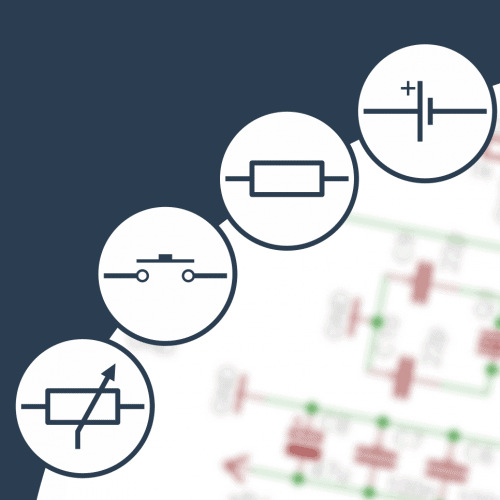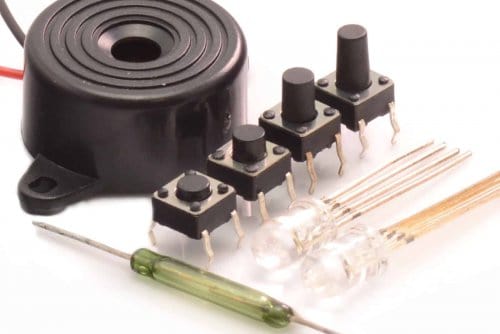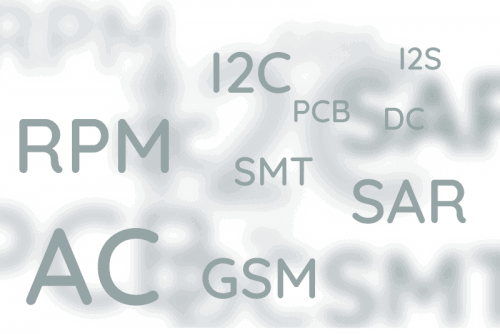Jak podłączyć moduł startujący
-
Quizy
-
Najnowsze posty w innych tematach
-
- 3 odp.
- 168 wyświetleń
-
Kurs Arduino - #8 - Sterowanie silnikami DC, pętla for 1 2 3 4 17
Przez Komentator, w Artykuły redakcji (blog)
- 241 odp.
- 65 879 wyświetleń
-
- 53 odp.
- 10 557 wyświetleń
-
Kurs elektroniki – #9 – elementy stykowe, przekaźniki 1 2 3 4 15
Przez Komentator, w Artykuły redakcji (blog)
- 214 odp.
- 87 500 wyświetleń
-
Elektronika Podświetlenie Przycisku w obudowie Pytanie/Zagadka
Przez MaciejG, w Elektronika
- DIY
- tranzystor
- (i 2 więcej)
- 3 odp.
- 212 wyświetleń
-







Pomocna odpowiedź
Dołącz do dyskusji, napisz odpowiedź!
Jeśli masz już konto to zaloguj się teraz, aby opublikować wiadomość jako Ty. Możesz też napisać teraz i zarejestrować się później.
Uwaga: wgrywanie zdjęć i załączników dostępne jest po zalogowaniu!